
The word ‘fictional’ brings to mind something imaginative that doesn’t exist in real life. In contrast, ‘non-fiction’ suggests something that’s based in reality, whether it’s factual, historical and so on. However, to paint a realistic yet fictional character, I need elements from both camps. I must think about how to make something feel factual when it’s clearly not.
As a student, my favourite challenge was creating realistic but fictional feathered or furry creatures. My fascination with these types of creatures continued over my 15-plus years of designing creatures for films, television and games. This is a subject that I love, so it’s what I’ve chosen to cover in this workshop.
As with storytelling, believability depends on the details. If all the details add up and are consistent throughout, then that makes the story more believable. The same applies to painting fictional objects: believability is in the details, especially the subtle ones. If you get the details right then your efforts will be recognised by the viewer.
In this workshop, I’ll start off with inspiration and coming up with the initial idea. Next, I’ll do a step-bystep of my painting process, inspiration, structure and texture, with some helpful tips in between about painting in general.
1.Create a pen drawing
This drawing is about curiosity. It tells of a butterfly and a winged creature as they focus on their similarities instead of their differences. I do the initial drawing with a regular ballpoint pen. I love drawing with pens but they can leave ink blots, so I have to remember to roll my pen every once in a while to remove any excess ink.
Diese Geschichte stammt aus der July 2021-Ausgabe von ImagineFX.
Starten Sie Ihre 7-tägige kostenlose Testversion von Magzter GOLD, um auf Tausende kuratierte Premium-Storys sowie über 8.000 Zeitschriften und Zeitungen zuzugreifen.
Bereits Abonnent ? Anmelden
Diese Geschichte stammt aus der July 2021-Ausgabe von ImagineFX.
Starten Sie Ihre 7-tägige kostenlose Testversion von Magzter GOLD, um auf Tausende kuratierte Premium-Storys sowie über 8.000 Zeitschriften und Zeitungen zuzugreifen.
Bereits Abonnent? Anmelden
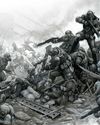
PAINT EPIC BATTLES IN TRADITIONAL INK
Warhammer illustrator THOMAS ELLIOTT shows you how to create an epic science fiction fight scene with this step-by-step guide
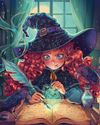
CONJURE MAGIC ILLUSTRATIONS
Daria Anako demonstrates her process for creating a whimsical piece of art with some spellbinding touches
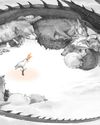
First Impressions
We discover the early influences that inspired the artist
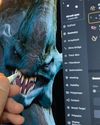
ZBrush for iPad
GAME CHANGER The desktop version of popular 3D sculpting software ZBrush has been redesigned for iPad - and it's brilliant

BenQ GW2786TC
GET AN EYEFUL Don't scrimp out on your health with a monitor that's kind on the eyes and good for creative tasks
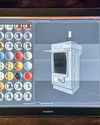
Huion Kamvas Pro 19
TABLET WARS An attractive pen display does an excellent job of balancing price and performance as it sets out to challenge its rivals in the mobile marketplace
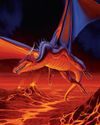
DRAGON OFORCEC
Legendary D&D artist Larry Elmore explains the keys to crafting timeless fantasy art.
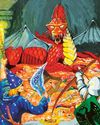
DUNGEON MASTERS
ImagineFX marks the milestone 50th anniversary of the launch of Dungeons & Dragons with a look at its rich tradition of illustration
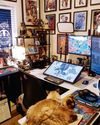
Erik Ly
Gamer's haven Why the artist enjoys a maximalist aesthetic more than the minimalist approach.
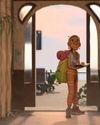
2D meets 3D: How the workflows are merging
Interdimensional As VFX and animation evolve and tools become more accessible, Tanya Combrinck asks whether the separation between the mediums is reducing